In a world of flashing advertisements, rampant consumerism, and the relentless hum of urban life, we find ourselves disconnected—from nature, from each other, from the quiet corners of our own minds. The modern cityscape can be testament to progress, but at what cost? Amidst the concrete and steel, there is a hunger for something wilder. Something softer. Something that breathes.
Escaping to the wilderness is a dream for many, but few can simply abandon their daily lives for the solace of the mountains or the whisper of the sea. Yet, nature does not exist solely in grand landscapes or untouched forests. It can live in the cracks of a pavement, in the delicate arch of a tree outside your window, in the flutter of a bird visiting your balcony.
This is where urban rewilding comes in—a movement that seeks to restore natural processes within cities, offering sanctuary not just to wildlife, but to the human spirit.
The Green Veins of a City
Cities are not barren wastelands; they are full of hidden opportunities for life to thrive. Parks, biocorridors, and green belts act as the green veins of urban landscapes, stitching nature back into our daily existence.
Parks: The Last Wild Refuges
Too often overlooked, parks are among the last havens for wildlife in the heart of cities. They offer a space where people and nature can coexist, where a moment of stillness beneath a canopy of leaves can ground us in a way nothing else can.
From Vondelpark in Amsterdam, to Central Park in New York, Richmond in London to Herastrau in Bucharest, these green lungs are essential for urban life.
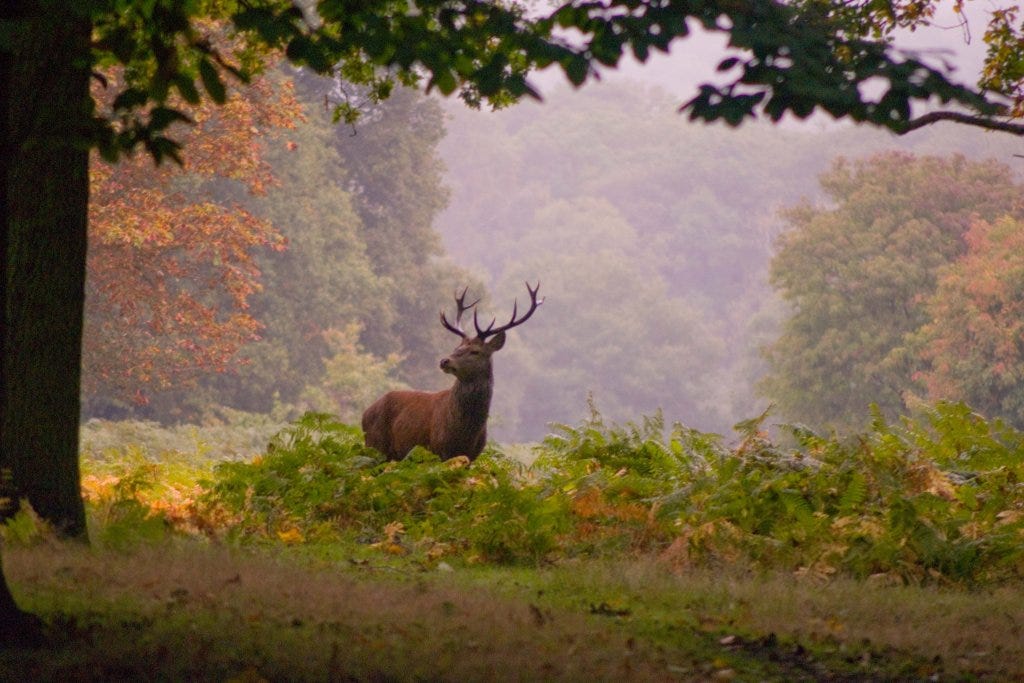
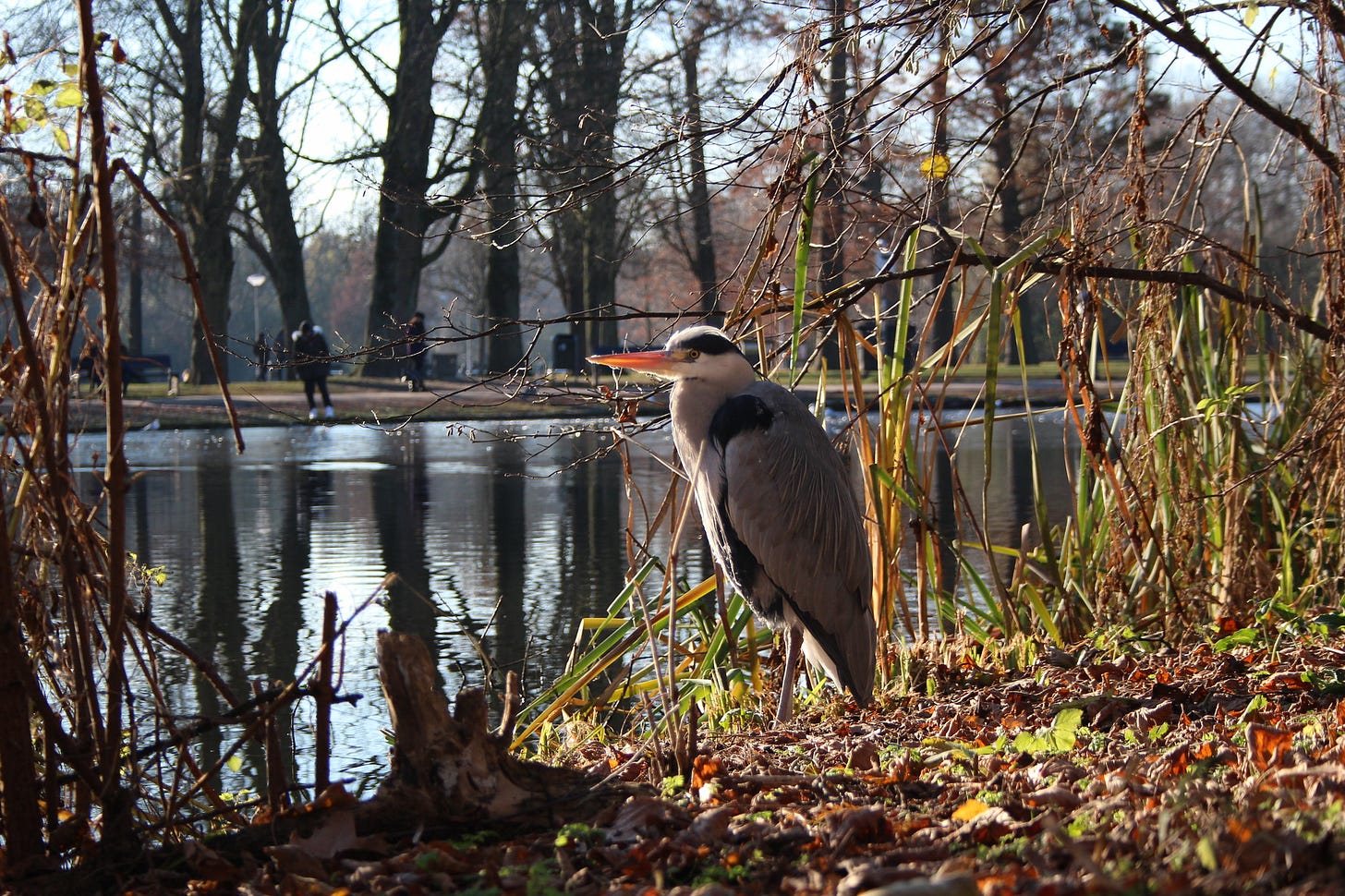
Biocorridors: Highways for the Wild
Already embraced by forward-thinking cities, biocorridors provide safe passage for wildlife while enhancing air and water quality. They connect parks, forests, and rivers, allowing nature to weave its way back into urban environments.
Take Curridabat, Costa Rica, now known as "Ciudad Dulce"—Sweet City—where bees, plants, and trees have been granted symbolic citizenship, an acknowledgment of their invaluable role in the ecosystem.
Green Belts: Breathing Room for Cities
As urban sprawl accelerates, green belts serve as crucial barriers against unchecked expansion, offering protection to both nature and human well-being.
Bucharest’s long-fought campaign for a green belt has finally borne fruit, proving that persistence can lead to transformation. London, too, has long embraced this idea with its iconic Green Belt, a buffer against the encroachment of concrete.
Cities That Lead by Example
Across the world, cities are redefining what urban life can be.
Singapore: A City in a Garden
Singapore is a marvel of urban rewilding, seamlessly integrating nature into its dense metropolis. From green walls and rooftops to towering Supertrees that filter rainwater and generate solar power, it is a beacon of what is possible when nature is embraced rather than excluded.
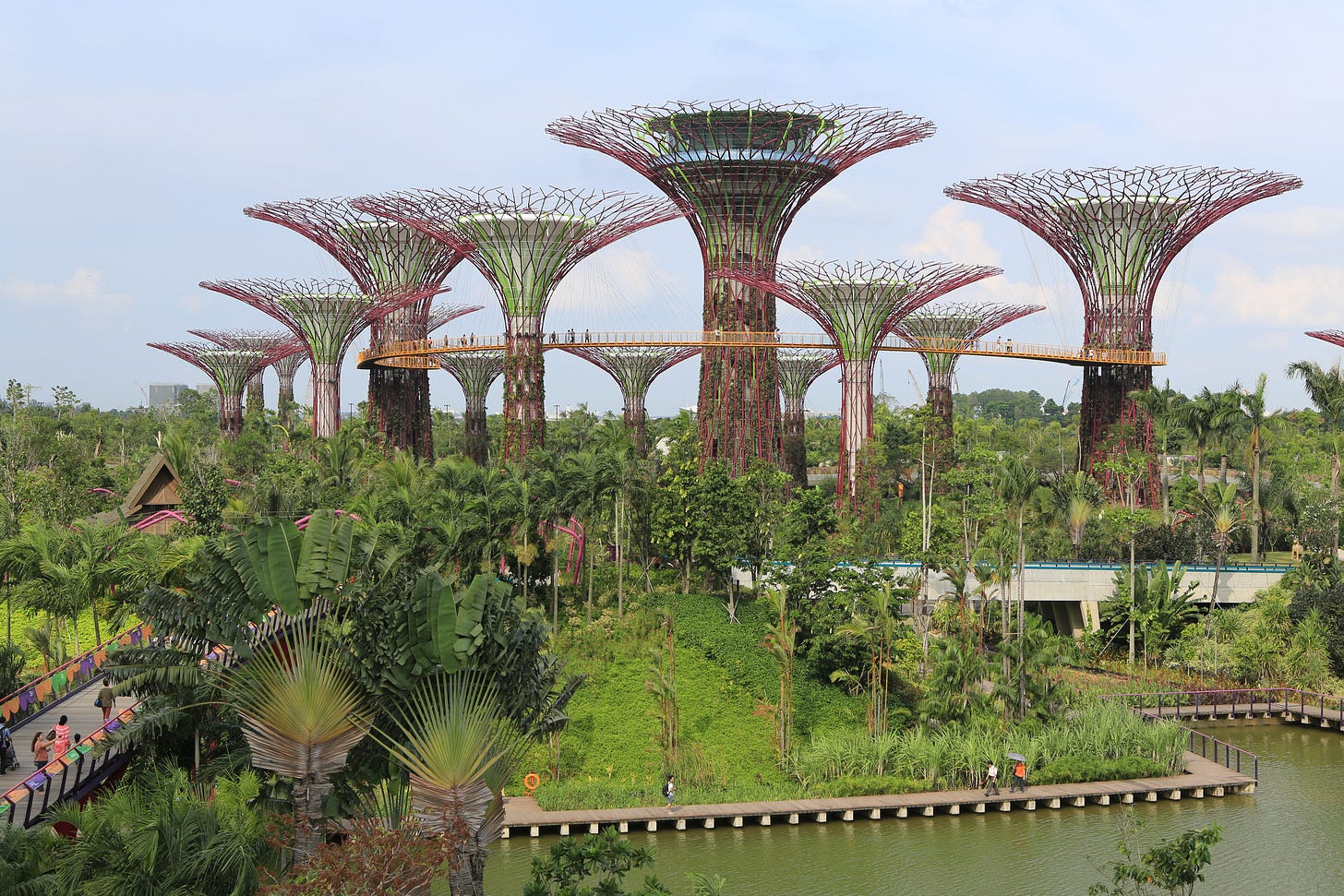
Dublin: A Pollinator’s Paradise
By reducing mowing and pesticide use, Dublin has transformed 80% of its green spaces into pollinator-friendly zones, proving that sometimes, less intervention yields more life.
Reclaimed Wildness: From Railways to Wetlands
Frankfurt’s abandoned lots bloom into wildflower meadows, New York’s High Line—a former railway—has become a thriving urban park, and Nottingham’s forgotten shopping center is now a wetland teeming with life.
In Harbin, China, an urban stormwater park not only prevents flooding but serves as a vibrant sanctuary for both wildlife and people. And in Liuzhou, the world’s first forest city is taking shape, a vision where buildings are draped in greenery, harmonizing urban infrastructure with ecological resilience.
The London National City Park
London became the world’s first National Park City in July 2019, with the aim of creating a city where people, places and nature are better connected. The city hosts 8.4 million trees, having a cover of almost 50% of green and blue spaces. Incredible wild parks such as Richmond Park, or rewilding projects such as the reintroduction of beavers in Greenford, Ealing are a testatement to how a city as busy and big as London can also find place for nature.
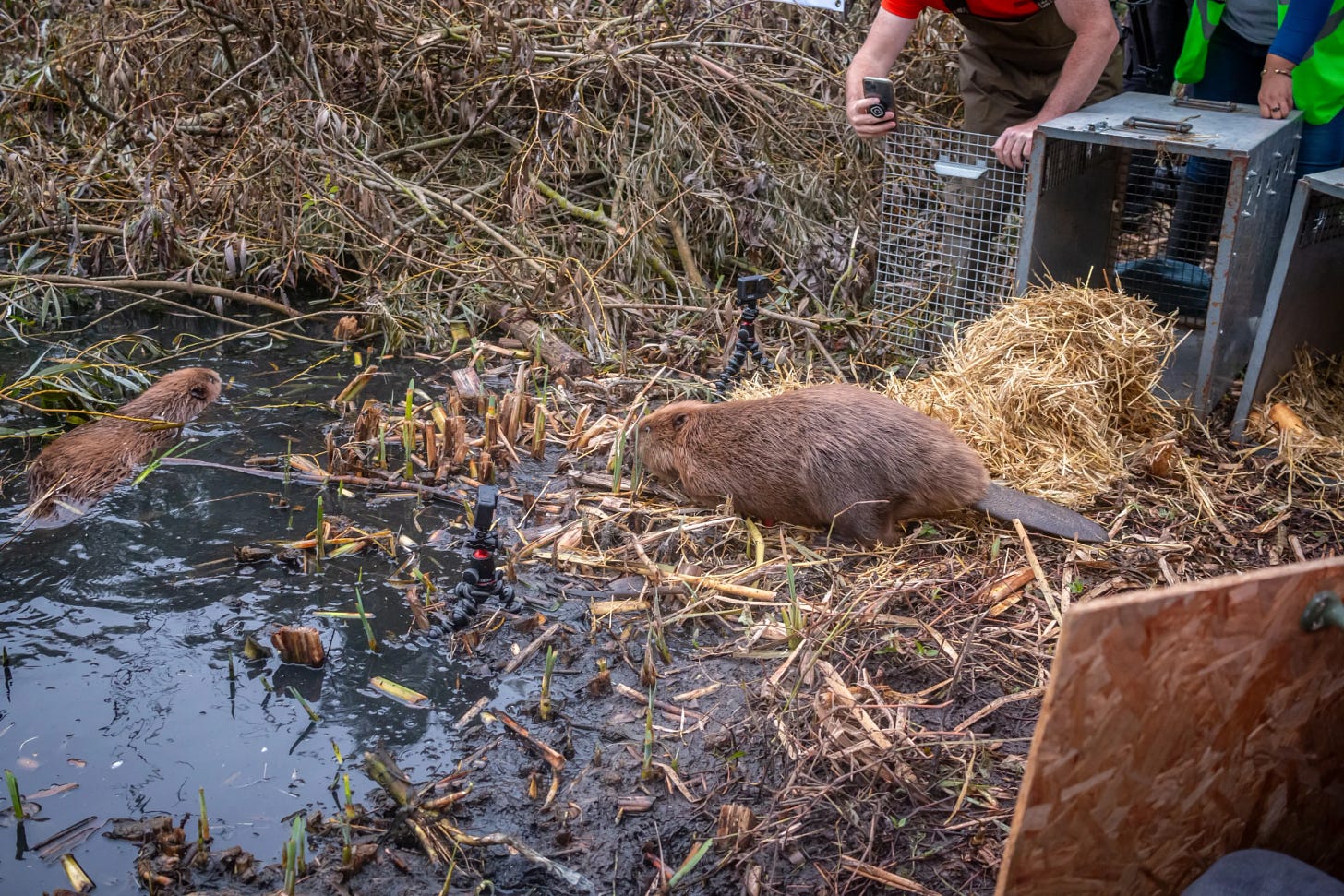
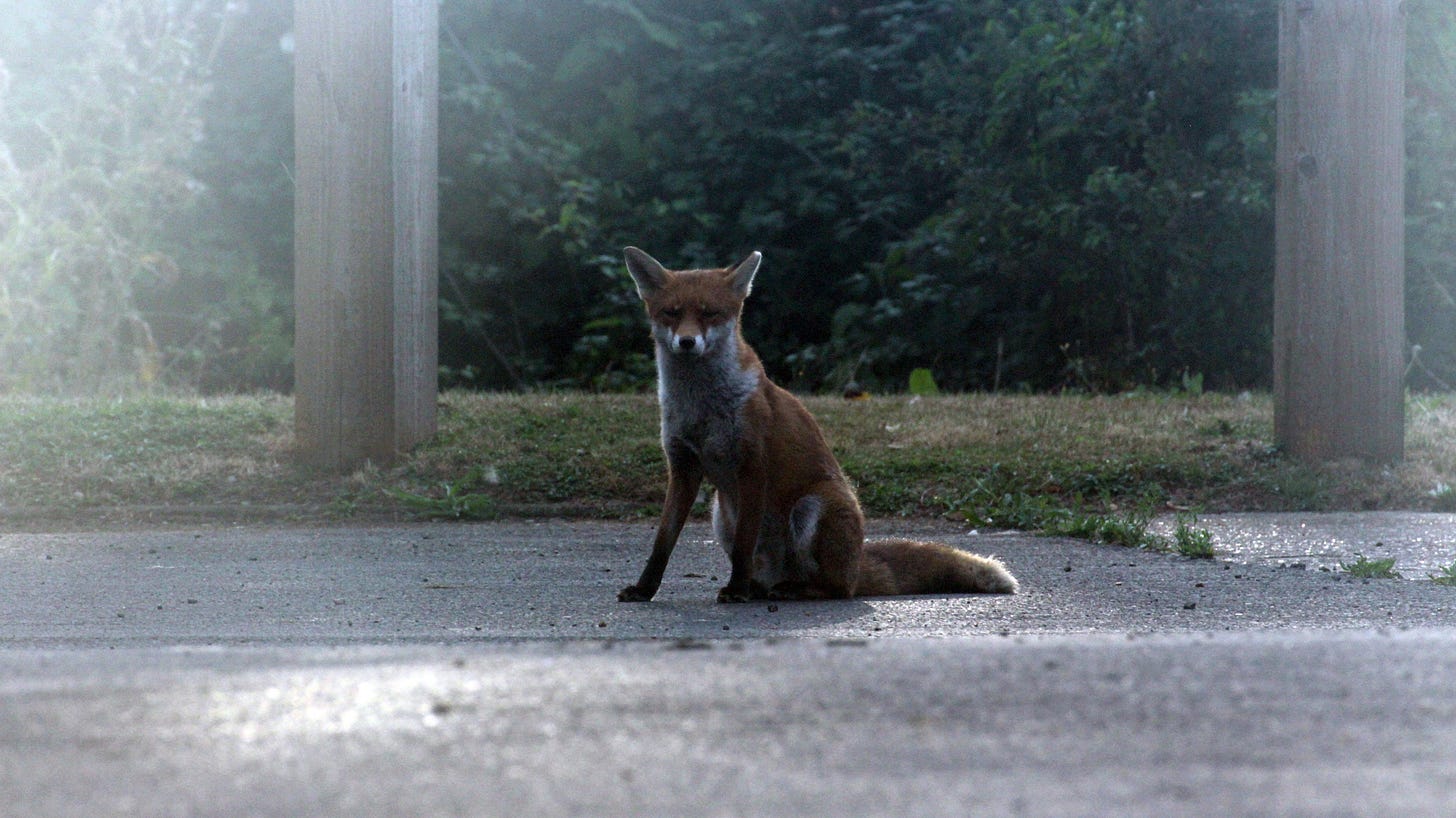
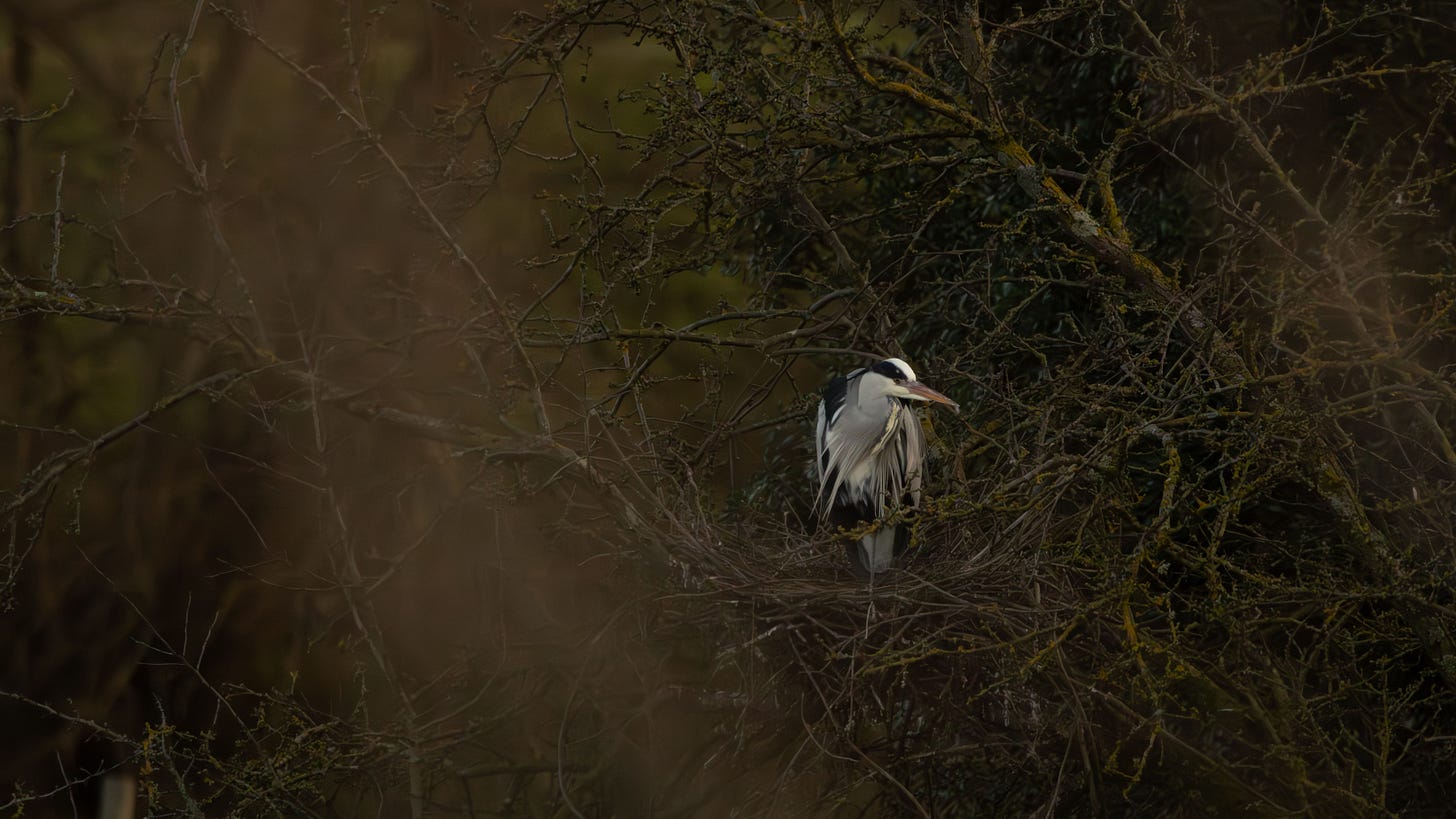
Why Rewild Our Cities?
Beyond aesthetics, rewilding is a necessity. As climate change intensifies, green spaces serve as buffers against its worst effects.
Cooling the Concrete Jungle
Cities suffer from the ‘urban heat island’ effect, where trapped heat turns neighborhoods into sweltering ovens. Green rooftops, parks, and trees provide shade, cool the air through evapotranspiration, and filter pollutants from rainwater.A Sanctuary for the Mind
Studies show that even a glimpse of green space can reduce stress, improve memory, and alleviate anxiety and depression. In an era of rising eco-anxiety, access to nature is not just a luxury—it is a fundamental need.Healthier Bodies, Stronger Communities
Nature encourages movement, social interaction, and lowers risks of illnesses like high blood pressure and respiratory diseases. It also eases the burden on healthcare systems by fostering overall well-being.
What Can We Do?
Urban rewilding does not require grand gestures—it starts with small, intentional actions:
Install bird feeders, insect hotels, and frog houses to welcome urban wildlife.
Let wildflowers grow in your garden or balcony—pollinators will thank you.
Advocate for your city to plant more trees and reduce pesticide use.
Support initiatives that turn empty lots or parking lots into community gardens or mini-forests.
Engage in guerrilla gardening, reclaiming forgotten corners of the city with plants and flowers.
Every tree planted, every park protected, every space reclaimed for nature is a step toward a more livable, breathable, and wilder city.
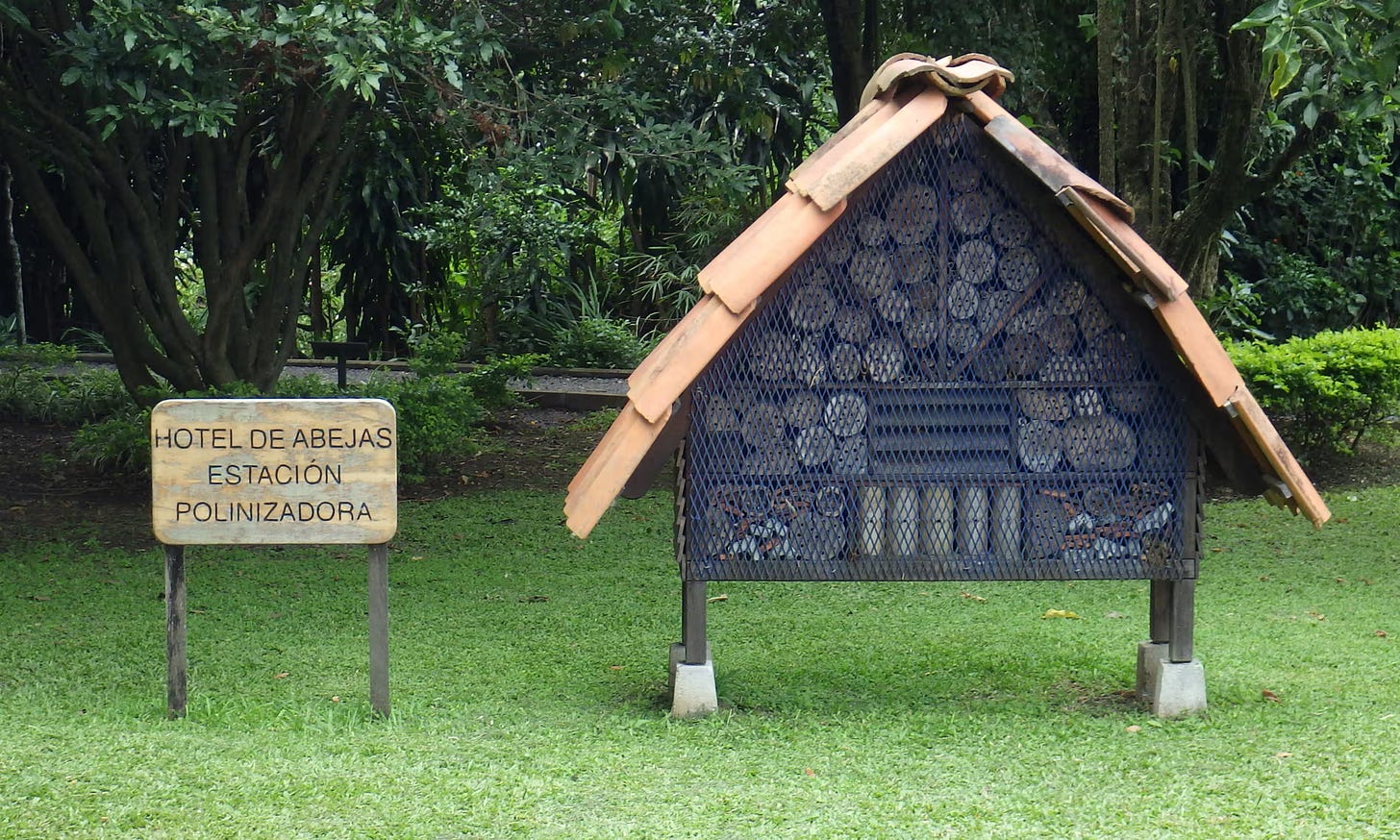
A Wilder, Healthier, Happier Future
As David Attenborough’s documentary The Year Earth Changed so vividly illustrated a few years ago, when given the chance, nature rebounds - even in cities.
Urban rewilding is an invitation—to rethink our cities, to mend our relationship with the wild, to shape places where both humans and nature can flourish. It is a movement both daunting and deeply hopeful, a call to action in an era that desperately needs it.
Access to nature should be a human right. The cities of the future should be greener, more resilient, and designed with life—human and non-human alike—at their core. Cities should dream of becoming a place where a child can walk to school under a canopy of trees, and where an animal finds a home amidst the urban expanse.
A city with more green and fewer cars. A city where wildness is not a thing of the past, but the pulse of the present.
That is the city we should all strive to create.
Sources & further reading 🔍
[1] - Curridabat, now known as as “Ciudad Dulce” – Sweet City – gave citizenship to bees, plants and trees.
[2] - Rewiding cities
[3] - Urban rewilding
[4] - National Park City Foundation
[5] - Oxford University
[6] - Zoological Society London
[7] - The Ealing Beaver Project
[8] - Thomas Winward’s blog, Urban Nature Diary, is a great place for urban nature inspiration.



